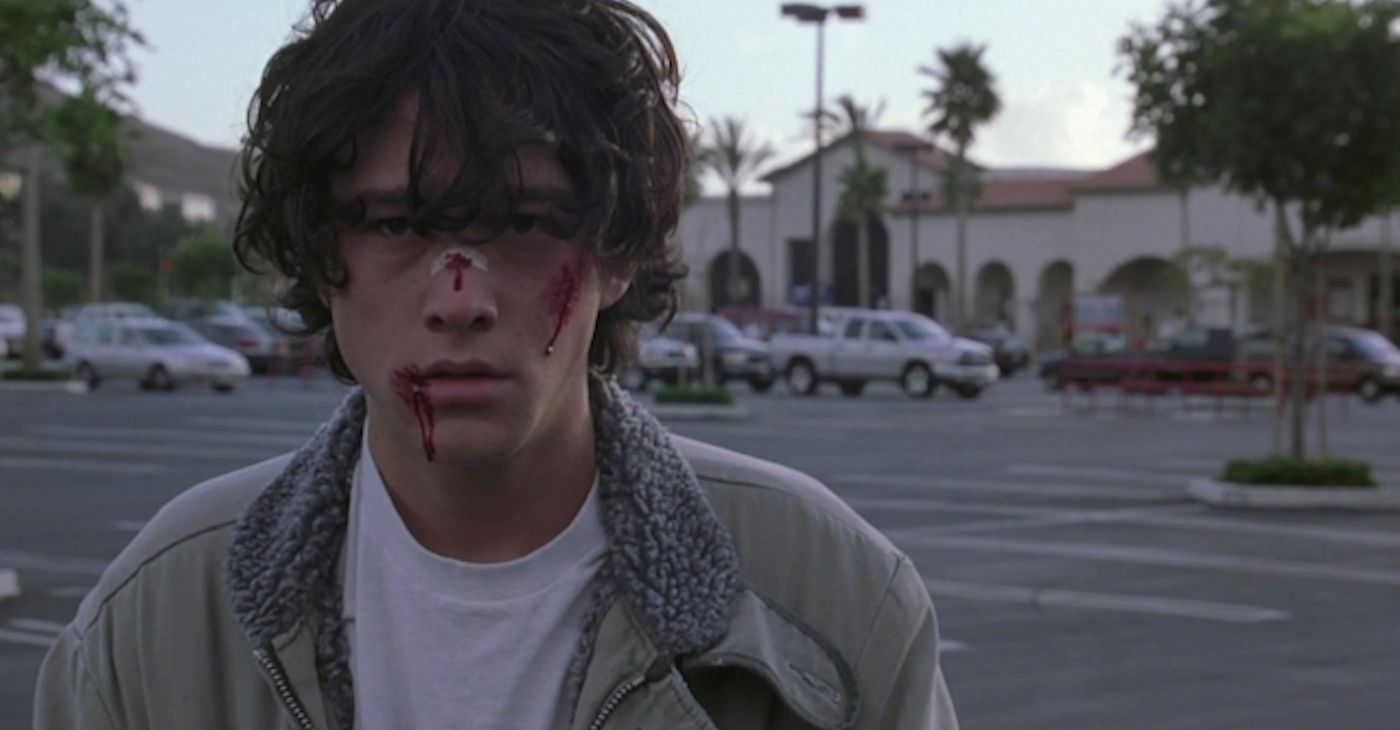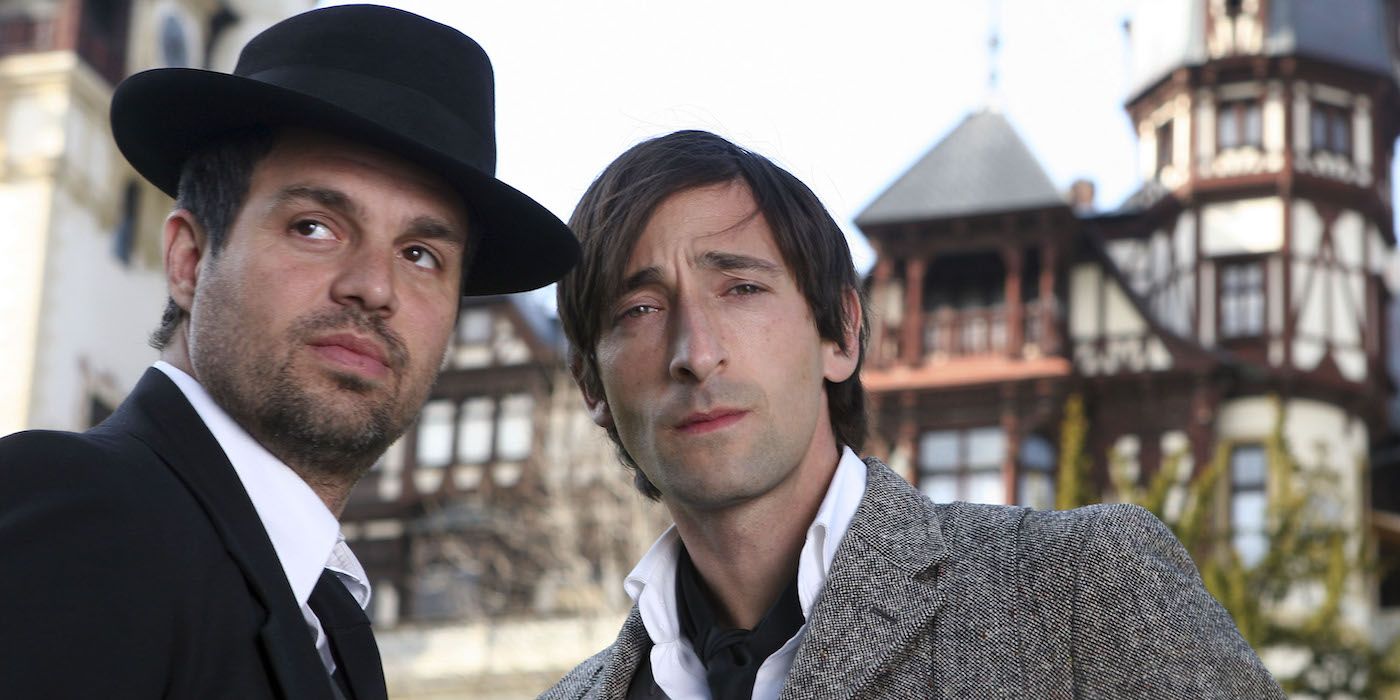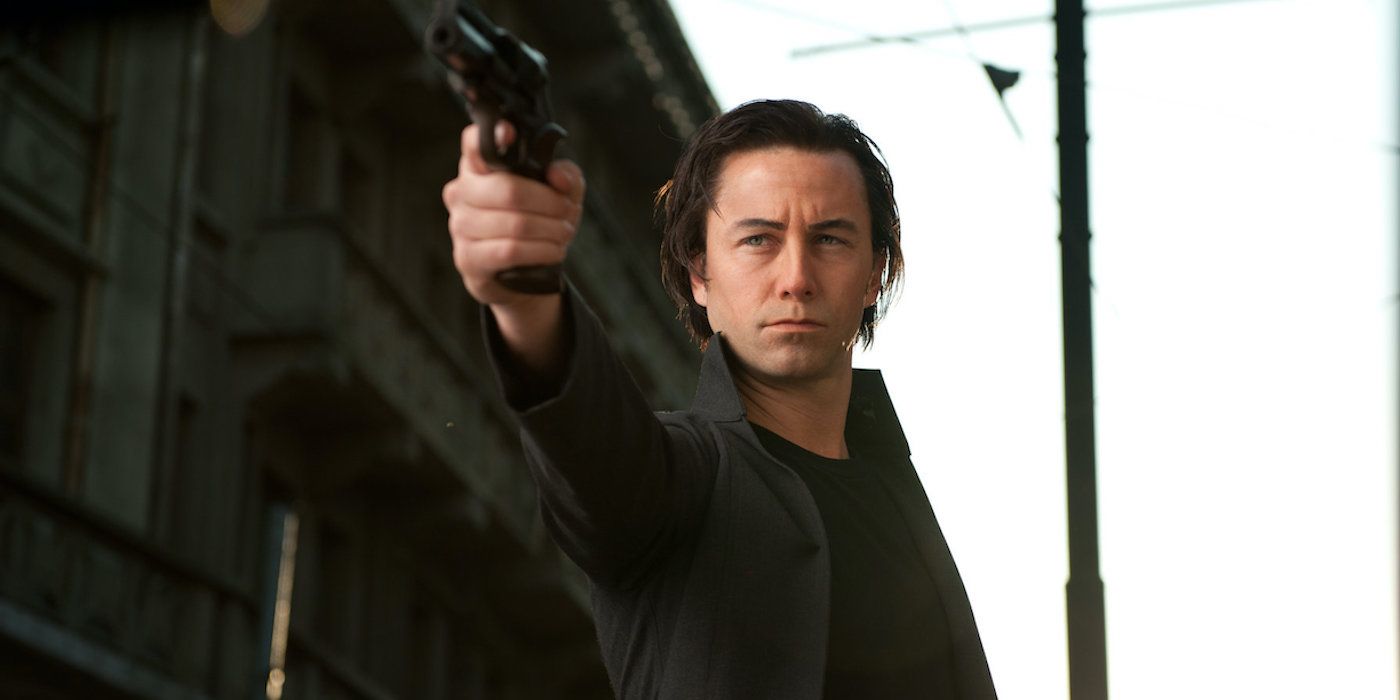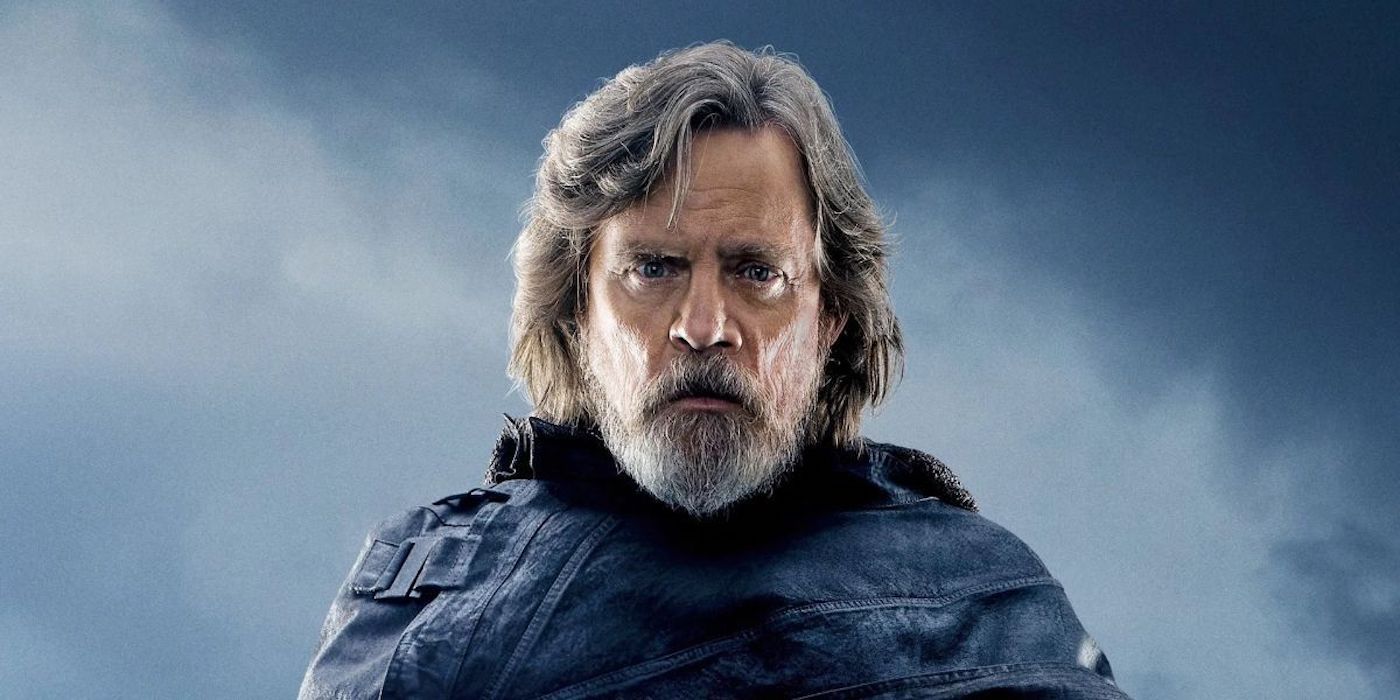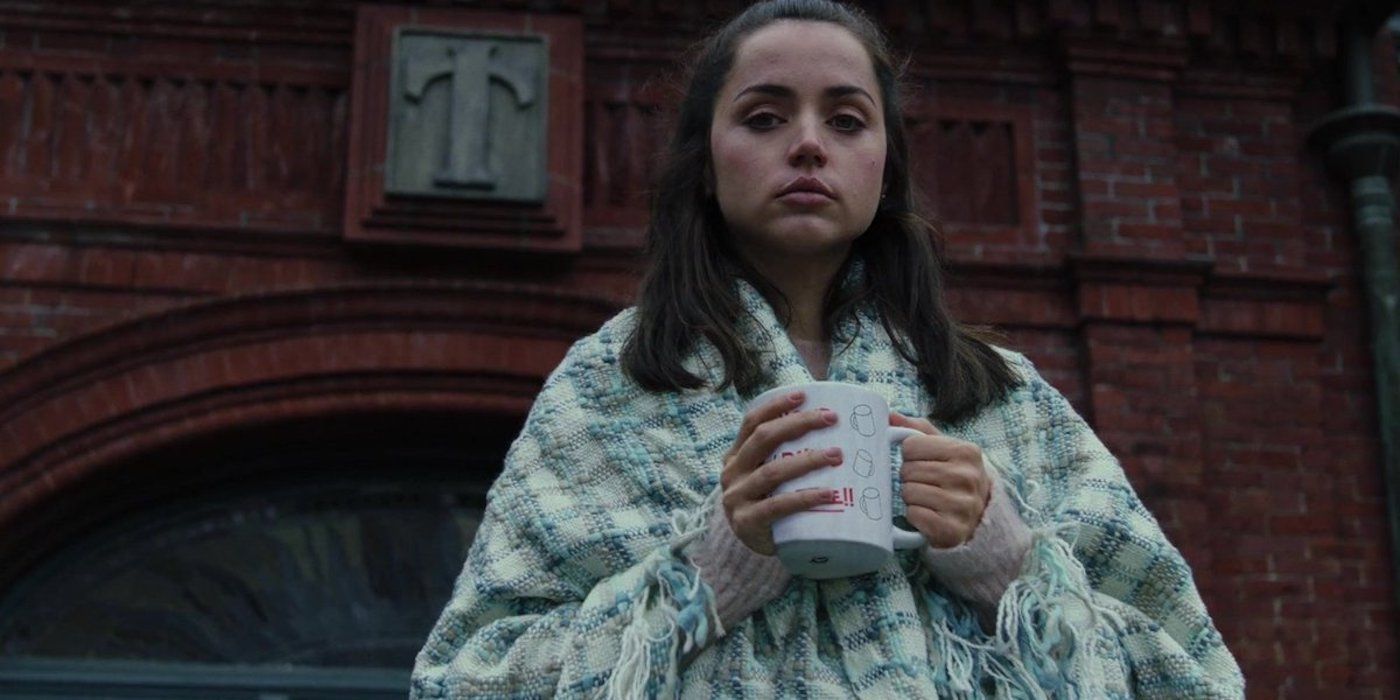When it comes to Hollywood auteurs, the directors that stand out the most are those that have a distinct flair and give their projects a signature spin. When Quentin Tarantino releases a new film, he delivers one soaked in blood with quick-firing dialogue, and Wes Anderson consistently crafts vibrant, symmetric visuals. When Rian Johnson makes a film, he works to keep the audience on their toes. With Glass Onion: A Knives Out Mystery releasing next month, there’s no better time to take a look at the director’s films and see how he transforms an otherwise typical idea and makes it fresh and exciting.
'Brick' and Johnson's Neo-Noir World
Brick is a very impressive directorial debut, not only for its small budget but also for the way Johnson weaves his characters into his neo-noir world. He uses the genre to its full potential, telling an almost juvenile story, transporting an otherwise mature premise and placing it in the mind of a high schooler named Brendan (Joseph Gordon-Levitt). The writing of the film is the strongest aspect, as Johnson plays with viewer’s expectations again - Brick has poetic dialogue that feels tempered and heightened in style, giving the audience an ethereal feeling, as they are made unsure if what they’re seeing is fiction or reality. He is unafraid to take risks and surprise people in his debut effort, and it pays off. What’s done is something new to the neo-noir genre that gives it a fantastical edge.
Attention to Detail
The Brothers Bloom may seem like a simple concept, a tale of two con men (Mark Ruffalo and Adrien Brody) who grew up together, but Johnson again avoids telling a stereotypical story and writes one that is anything but, instead crafting the biggest departure from his usual style of film, a light-hearted comedy drama. The most impressive piece of the film is its attention to detail; aspects of the movie treated as insignificant at the moment later resurface, such as a gesture between brothers or a trick they mention during their cons, it all comes full circle in a way that allows the movie an avenue to completing itself without feeling overly complicated while never sacrificing the emotional beats. It’s a nice, fluffy addition to his filmography that’s great for a late-night watch.
Subverting Time Travel Tropes
Looper, however, is the exact opposite of feel-good, as Johnson takes an eclectic time-travel story and combines it with an unsettling yet realistic dystopian setting. These parts have been seen separately before, but the way Johnson combines them allows for a creation that feels wholly unique. Time-travel movies can feel restricted by the rules they set in place, and Johnson is aware of this, instead purposely leaving it vague, allowing for the rules to develop themselves as the plot unfolds. The time travel in Looper is unique in the sense that it’s treated as a black market - the practice is illegal, used to eliminate criminals sent back from the future. The two main subgenres are blended effortlessly and aid one another well. It also utilizes practical effects brilliantly, as an older and younger version of the main character, a looper named Joe, is played by both Joseph Gordon-Levitt and Bruce Willis, with Levitt’s face altered by makeup to allow for more similarities between the two.
That’s another rule Looper breaks - in Back to the Future Part II, Doc Brown (Christopher Lloyd) impresses the importance of avoiding contact with any versions of yourself, past or future. Johnson chooses not to follow this, instead spending the film building up to a reunion between the two men, both the same person at different points in their lives. It’s a brave choice, as the film shows the older man who is set in his beliefs battling the younger man who is unsure of the future, telling how the passage of time can change those in ways they may never imagine. The decision to leave the ending vague is an even braver choice, one that ties in effectively with the open-ended nature of fate woven throughout the film.
Taking on the Force
It is no easy task to take on the reins of a franchise late in the game, and it’s even harder four decades in when that franchise is Star Wars. However, this was Rian Johnson’s task with Star Wars: The Last Jedi - to take hold of the reins amidst the third trilogy and deliver something exciting and new - and that’s precisely what he did. It was almost an impossible task to win over every fan, but the web that Johnson spun is some of the most compelling character work done for the blockbuster franchise yet. The Force is known by name to many, but the way that it operates has been malleable. In the original trilogy, it was a powerful and mystical ability that could move objects of vastly different sizes. In the prequel trilogy, it was quantified through midichlorians. Johnson saw potential for this new trilogy and crafted an entirely new angle for the Force, using it to geographically connect characters that are lightyears apart from one another.
In one scene, Rey (Daisy Ridley) and Kylo Ren (Adam Driver) are sitting across from one another, galaxies away yet face to face in conversation. The tension between them is palpable, not in a romantic sense, but their fates feel intertwined, their fingers brushing for a moment before their connection is severed. Without over-explanation or exposition, Johnson creates a whole new side of this powerful ability previously unforeseen.
Working with iconic characters forged in legacy like Luke Skywalker (Mark Hamill) is an even less enviable task. When the stories end and time passes into the future, storytellers often do not write what happens to the heroes after the last page comes to an end. Johnson takes Luke, the heroic Jedi, and fades him into memory. He is no longer the optimistic hero, no longer the young man he used to be. Johnson writes him as a flawed hero. Luke has made mistakes and blames himself for it - he blames himself for Kylo Ren's path to the dark side, and subjected himself to exile, just as Yoda did in Revenge of the Sith. However, where Yoda's exile was a side detail and wasn't explored much, Luke's trauma is put at the forefront of the film, forced to reckon with his past demons by confronting them. This ties into the way Johnson revitalizes the Force, as through his training with Rey, the two of them come to see the Force in a new light, a balance between light and dark rather than strictly one side of the coin. Through Luke's flaws and internal battles, he reconnects with his family and true purpose, realizing he is not alone and will not be the last Jedi.
A New and Modern Mystery Story
Knives Out is Rian Johnson’s freshest story yet, as it sees the director take another popular subgenre that had fallen from the public eye and revitalize it with vigor. Inspired by murder mysteries of the past with an ensemble cast featuring Chris Evans and Jamie Lee Curtis, Johnson does what other modern mysteries failed to do: keep it relevant to the times. While Daniel Craig’s Benoit Blanc may seem like a caricature of a detective and brings a lot of brevity to the story, the rest of the characters feel thought-out and lived in: a young boy falls victim to the internet, a young man tries to impress his grandfather, and a whole web of seemingly unending familial drama unfolds.
At the center of the story lies Marta (Ana de Armas), Harlan's (Christopher Plummer) nurse who comes from an immigrant family. When Marta is first shown interacting with the family, she seems to have a good relationship with them; however, when it is revealed that the family fortune is left to her, the family wastes no time turning on her. Johnson depicts the Thrombey family as white and privileged, shining light on an uglier side of modern society. When Harlan Thrombey leaves his fortune to Marta, however, he does it because he sees the goodness in her character and because he cares for her; she is the only one who truly knew him. The strength of their relationship surpassed blood. Ending the story with Marta triumphant over the Thrombey family is another layer of freshness that Johnson adds to bring the mystery genre into the modern day. All throughout, Johnson balances the tone perfectly, knowing when to flip the switch from comedic to heart-wrenching, and similar to The Brothers Bloom, viewers with good attention to detail are rewarded as it all comes full circle in a grand finale.
Rian Johnson is not a director to overlook, as he always has something new to say with each of his films. Not everyone will be pleased with his decisions, but it’s admirable to see an artist who is unafraid to make mistakes and who will always tell the story in their heart no matter what. Audiences will likely be lining up again to be surprised by his endeavors in the future. And they won't have to wait too long with Glass Onion releasing next month.


